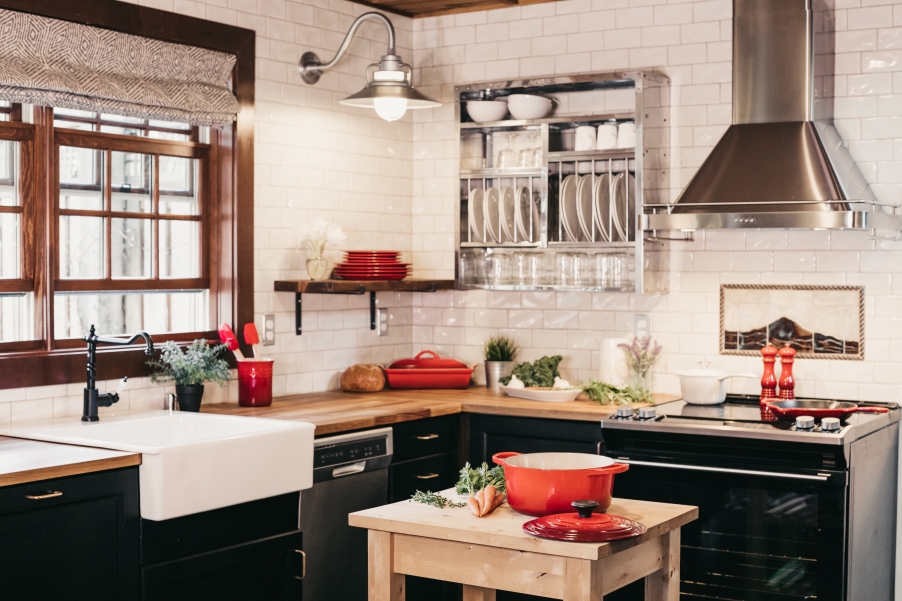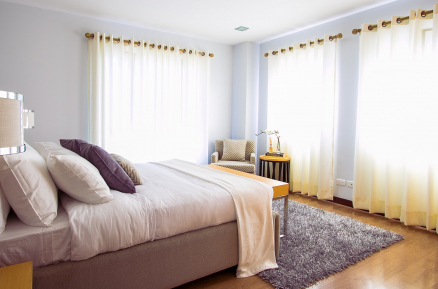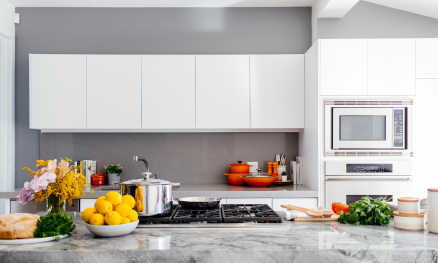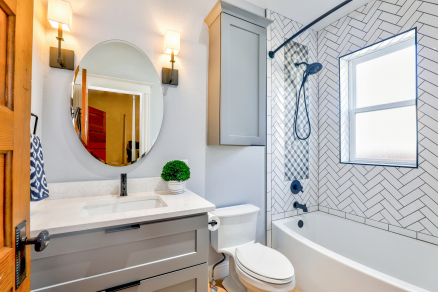Keeping the home safe
Many patients who suffer with dementia want to be able to stay within their own home, as this makes them feel happier. We have put together a series of blogs covering off keeping the home safe for a patient suffering with dementia. Here we cover off the top areas to consider from a practical perspective. For details on the types of care support and assisted living (see our blog here).
There are lots of considerations to make to ensure that the home is suitable and safe for them to remain living there. Due to the changing nature throughout their illness, you need to prepare for future as well as current conditions. Every change should encourage a more friendly environment for the patient and it is worth considering making changes at an early stage so that it is something that they quickly become accustomed to. Obviously cost is a consideration, but you may be able to get some support funding. (link see our blog about this here)
Firstly, take a common-sense approach to evaluating what is in the home and try and look at every object and room in terms of what could be a danger or a risk. Think about whether it could harm the patient or whether it may become so in the future. Take into account what the changing features will be of the patient suffering with dementia see (link to relevant blog xxx here) for more on this.
Make sure that furniture is laid out in a sensible way, consider removing any rugs or trip hazards. This does not mean to say that you should make the home environment sterile or bland but you should consider what is the safest layout.
Keep medications in a locked cabinet
Remember you should always keep medications locked safely away, even if it is their own medication. Someone else should be responsible for ensuring that they take whatever medication they require, or at least monitor them accessing and taking it. We cover some of the technology to support this under “assistive technology”.
Watch out for the temperature of food or drinks
One of the symptoms of dementia is that the patient begins to lose their sensory feelings which means that they may not realise if food or drinks are too hot. Someone should be around when the patient is preparing and eating their meals. Our article about the kitchen and dining details more considerations in detail as well as some assistive products which may help with keeping a dementia safe kitchen.
Keep rugs and other trip hazards away
Take stock of occasional furniture and ornaments and decide if these are in the right place. Everything in a room should be considered as to whether it is a possible trip hazard. Make sure that the person has a personal alarm that they can use to contact their emergency contact should they fall and need help.
Keep bleaches and other hazardous liquids/materials locked away
These products should be well labelled and locked away if deemed necessary. Further consideration should be made to things like washing powders and other detergents.
Keep walkways and rooms well lit
Make sure there is enough suitable lighting for when they might be up walking about, such as during the night, or during the evening. Investigate the possibility of installing lighting which is activated by movement. The lighting should not emit a harsh glare which creates significant shadows or makes the space unrecognisable. Shadows can appear frightening to a dementia sufferer. There are some lighting systems that will activate low level lighting in an ensuite bathroom for example or to switch on lighting in a hallway.
Use automatic switches for lights
This ensures that they are not left on all night. A person suffering with dementia does tend to forget to turn things off, so it is advisable to support them or have someone who can check on them when they are cooking or running a bath for example.
Thermostatic taps for any that run hot water
These are a must if the patient is to remain to be cared for in their home. The temperature of the water flow can be regulated to stop the tap water from running too hot and risking scalding. We cover in detail suitable items for a bathroom here
Install smoke and carbon monoxide alarms
These should be installed in any home but if they are not, they are a must. If there are any gas fires in the property, it is worth considering decommissioning them or replacing with an electrical equivalent. This is why a carbon monoxide alarm is so important.
Access to and from the home
Make sure that clear lighting is used and that any steps have a sturdy rail that the patient can use to walk to and from the front door. Check the back garden entry also and make sure any steps away from the property also include a hand-rail.
If you are looking for more information on keeping a home safe or specific rooms in the home, take a look at our blogs here. If you are looking at care options, whether that is live in care, or care homes, we have a free care finding service, you can find out more on our website here or call our freephone number 0800 144 8490.
Bestsellers under £50







